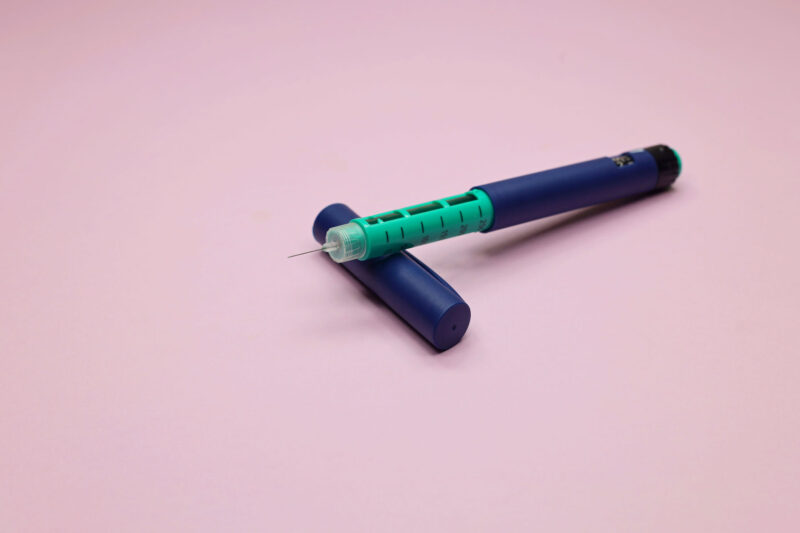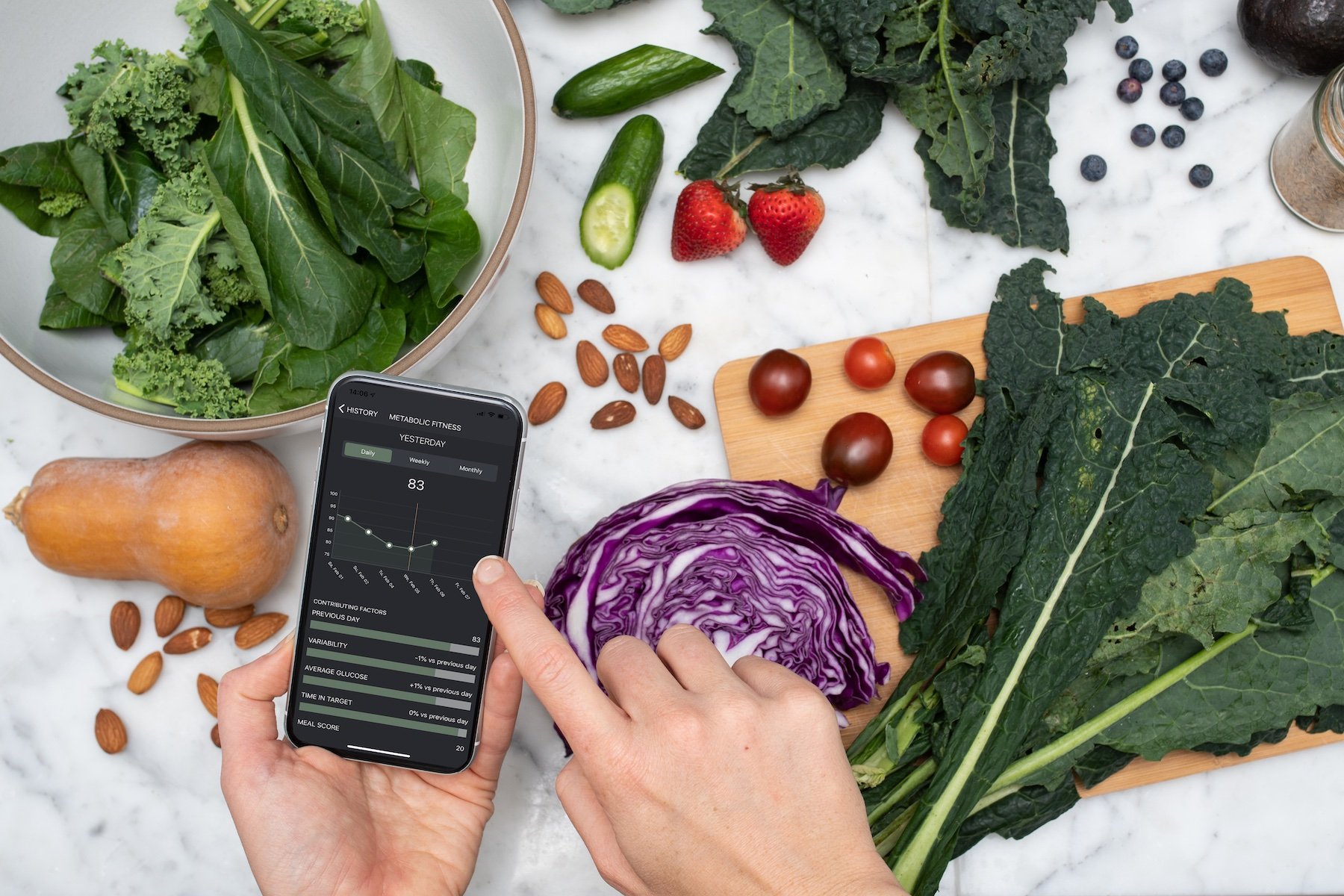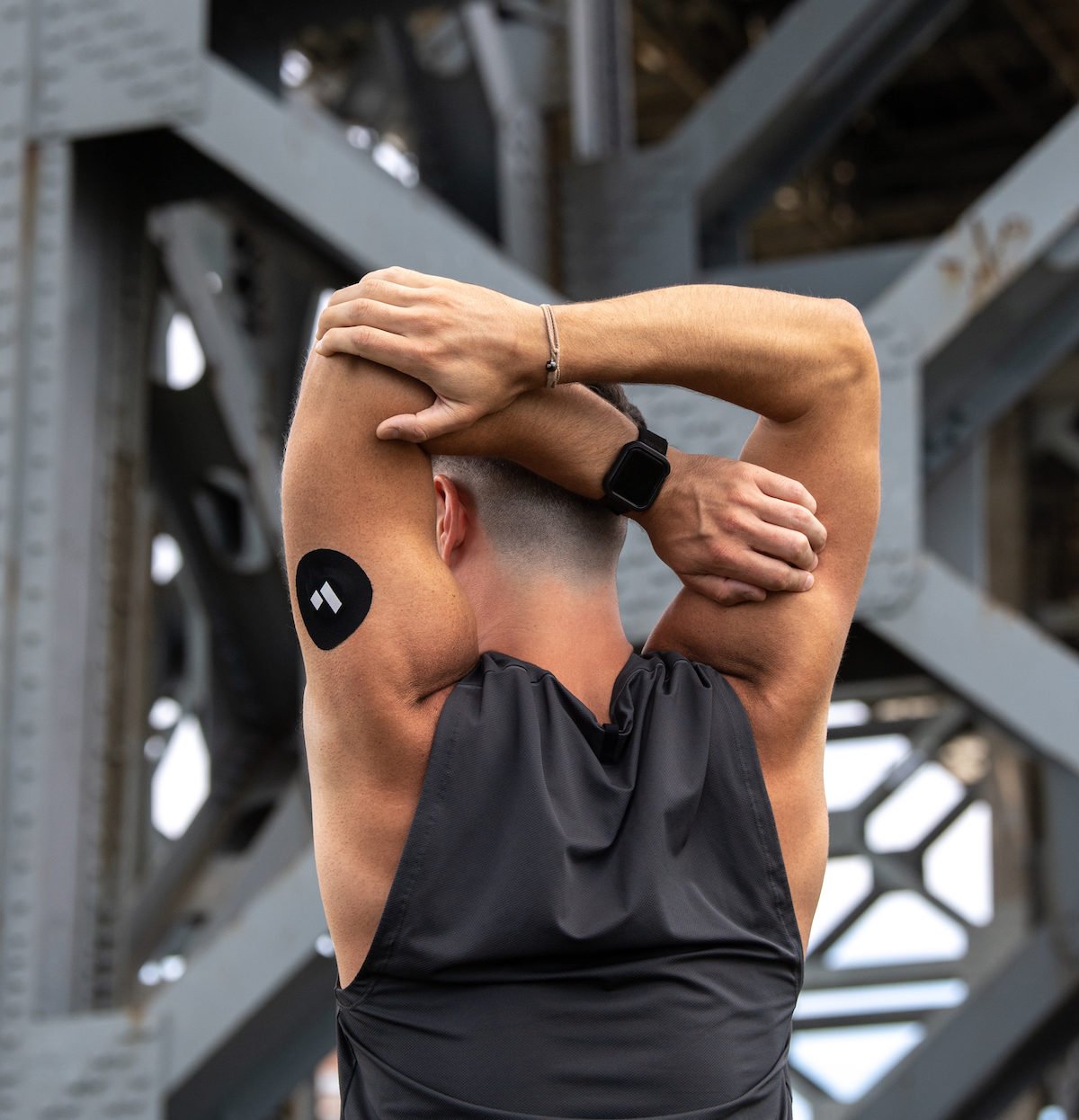My diabetes story starts on the way home from McDonald’s. My dad was a cardiologist, so fast food wasn’t common, but every so often he treated us. I was sitting next to him in the front seat, holding the bags of food on my lap. When we arrived home, he leaned across me to unlatch the door. Suddenly, he stopped what he was doing and looked at me in an odd way.
“Are you chewing Juicy Fruit gum?” he asked.
“No,” I answered. “I’m not chewing any gum at all!”
He thought for a moment, then asked, “Have you been getting up a lot at night to go to the bathroom?”
I told him that I had, about four or five times every night.
He asked me about how thirsty I’d been, noted that I was skinnier than usual, and posed a few other questions that seemed random. Then we carried the bags of food in. As we enjoyed our meal, my dad casually told my mom, “After dinner, I’m going to take Carol to the hospital. She’ll probably be there for about a week. Carol has Type 1 diabetes.”
I received that diagnosis when I was 12—almost five decades ago.
A Front Seat to the Evolution of Glucose Monitoring
In 1975, home glucose monitors were not on the scene yet. People with diabetes couldn’t test their own blood sugar, so there was no way of knowing what was happening day by day, much less minute by minute.
At the time, my tool for glucose monitoring was a little chemistry set called Clinitest: I’d urinate in a cup, place a couple drops of urine in a little test tube, add some drops of water, plop in a reagent tablet, swirl the solution around, look at the color, and then compare it to a key. A bright orange color, keyed as 2% glucose, meant that my blood sugar was very high. Mine was often in that range—and the negative reinforcement of that bright orange color made me feel horrible. I obviously wasn’t doing a very good job with this diabetes thing. I was rarely motivated to check.
It wasn’t until 1981, as I was leaving for college, that I got my first blood glucose monitor, the Ames Dextrometer—pretty new technology for a Type 1 diabetic to have. Bulky and requiring an outlet, the Dextrometer wasn’t portable or terribly practical. If I bumped it, I had to recalibrate the monitor. The only time I really used it was when I was in my room and felt severe symptoms of some sort, which was rare. So the device mostly sat on my dorm-room dresser gathering dust.
For a long time after college, I managed my diabetes with multiple daily injections, based on information from progressively smaller and more accurate blood glucose meters. I got my first insulin pump in 2000 and then my first continuous glucose monitor (CGM) in 2016.
With the CGM I finally had a clear understanding of what was happening to my blood sugar—not just a few times a day, but every five minutes! Instead of blindly guessing how much a meal would make my blood sugar rise, and then trying to decide how much insulin to take based on that guess, I could see exactly how my body reacted to particular foods and combinations of foods. It was life-changing.
In the past, before my CGM, I’d always be surprised by my A1c levels because I thought my blood sugar was under pretty good control. And that’s because I was pricking my finger before meals and seeing decent numbers. Now I realize that it’s those post-meal numbers that are really telling, and that’s what my CGM data shows me.
My five-year-old grandson was diagnosed with Type 1 diabetes at two years old. Although there was plenty of initial grief due to the challenge he could face, I have hope. Things are so different nowm compared to when I was diagnosed. In some respects, it’s a whole new ballgame. But that doesn’t mean that good diabetes consists entirely of technology. While my CGM gives me valuable blood sugar data, it’s up to me to make food and movement choices that help me feel my best.
New Challenges and a New Chapter
Because of my Type I diabetes, I’ve always known the importance of keeping my blood sugar as close to a “normal” range as possible; and I’ve known that food is the primary contributor to blood sugar fluctuations. Despite that basic understanding, I still didn’t have a complete picture of all the ways that food can affect health.
As an adult, I received diagnoses for both Graves’ disease (an autoimmune condition that affects the thyroid) and celiac disease (another autoimmune condition that causes damage to the lining of the small intestine). I thought: I’m accumulating these autoimmune diseases… What’s going on? How can I stop this?
To try and identify the cause of these conditions, I began going to the Center for Functional Medicine at the Cleveland Clinic. That’s where I met my nutritionist, Brigid Titgemeier. She taught me how much food impacts the body’s ability to function, especially in chronic disease.
Once I learned how nutrition could impact my autoimmunity, I kind of became a food evangelist. I went back to school and became a board-certified health and wellness coach, and for the past decade I’ve been working with people to help them incorporate positive health habits into their daily lives. It’s been satisfying to watch how the accumulation of those small changes can really improve health and well-being.
Part of my approach as a coach is that I don’t recommend anything I’m not willing to do myself. So when I learned that Brigid was running a Blood Sugar Reset program, I thought it would be a great experience to try alongside some of my clients who have insulin resistance and Type 2 diabetes. At the same time, I knew I could benefit myself–not because my food choices were unhealthy, but because they were getting repetitive. I was eating similar foods all the time simply because I knew what to expect as far as their blood sugar impact.
During the program, Brigid provided daily recipes to try. Not only were they delicious and easy, I discovered that I could add much more variety to my diet while still keeping my blood sugars in control. So, while my clients were gaining a better understanding of how to eat for more stable glucose levels, I was getting new recipe ideas!
Mindset is Everything
Some participants in Brigid’s reset program used a CGM, and I found it enlightening to see the differences in how the recipes affected us! To recognize that some fluctuation is normal was very reassuring. This experience has really driven home the fact that responses to food are individual. It’s one thing to know we’re all different, but it’s another to see that through CGM data.
Of course, it was sometimes frustrating when other people had perfectly stable responses to a recipe while my blood sugar skyrocketed. I try to view information like that as an opportunity to learn how to manage frustration. I, along with my clients, work on shifting out of the mindset of “That’s unfair” or “It’s too hard, I give up” to “Okay, that’s interesting. That doesn’t work for me, so I need to modify that or find something else.”
CGM data can help move me away from thinking of a particular food as “good” or “bad” and instead focus on “Does this food serve me? Do I like the results that I see?” I’ve discovered that processed “junk” foods rarely get a yes. But I’ve also discovered that even whole, nutrient-dense foods also sometimes warrants some caution.
When a person with diabetes is committed to experimentation, finding what works can be rewarding and even fun. On the days when my mindset is balanced and positive and curious, the feeling of learning and growth can be really wonderful. Of course I don’t always have that positive mindset—chronic disease can be challenging for the most optimistic among us. There are some days that I just want to eat and not think about food at all and just be a “normal” person.
Unfortunately, the reality is that with a diagnosis like Type 1 diabetes, there is no vacation. But having a CGM to warn me when I’m moving out of range assures me that I have the necessary information to know what to do next. I try to see my CGM data as just that—a set of data that helps me make decisions rather than as a judgment of my performance. And so far, the decisions I’ve made have thankfully helped keep me remain free of diabetes complications throughout almost 50 years of management.
With the rapidly improving technology I see on the horizon, it’s easier to maintain a positive attitude that allows me to live with my diabetes rather than in opposition to it. It gives me a strong hope for a long and healthy future—for both me and my grandson!







